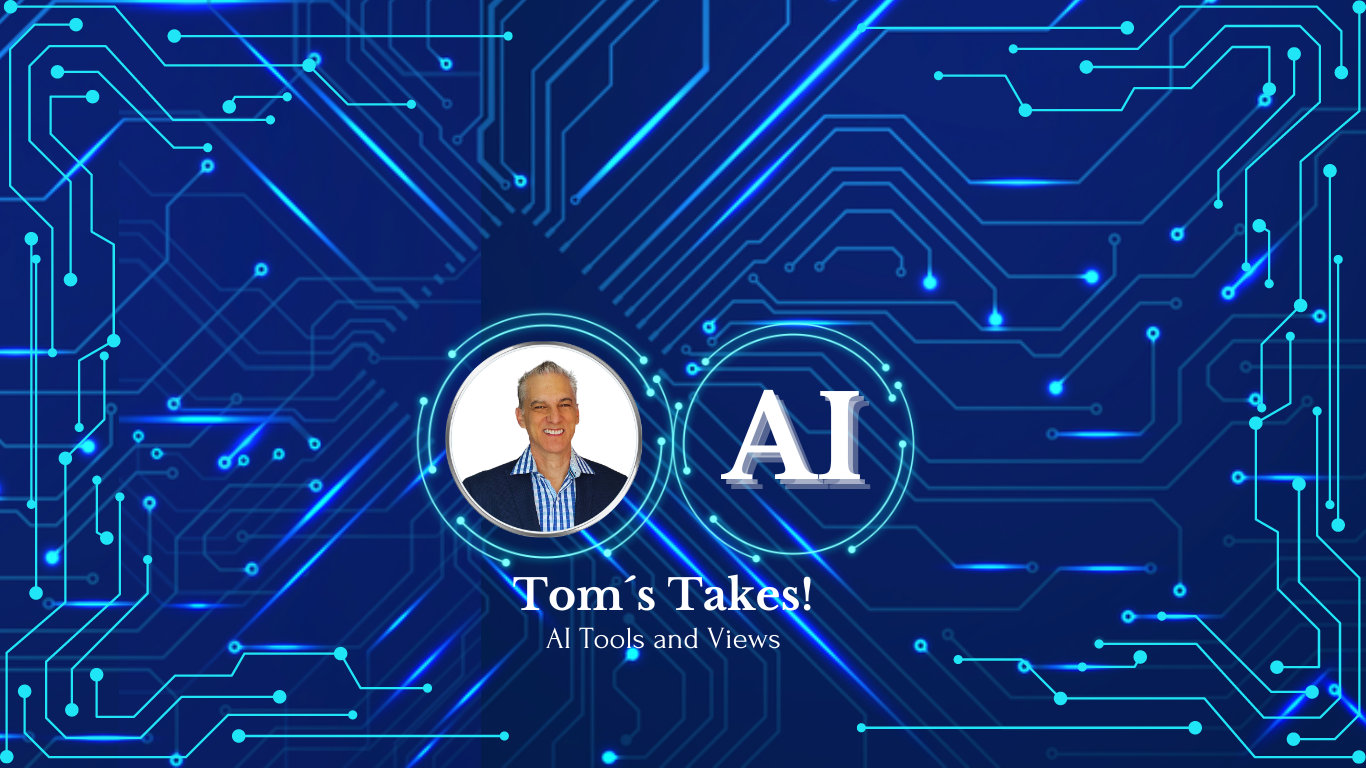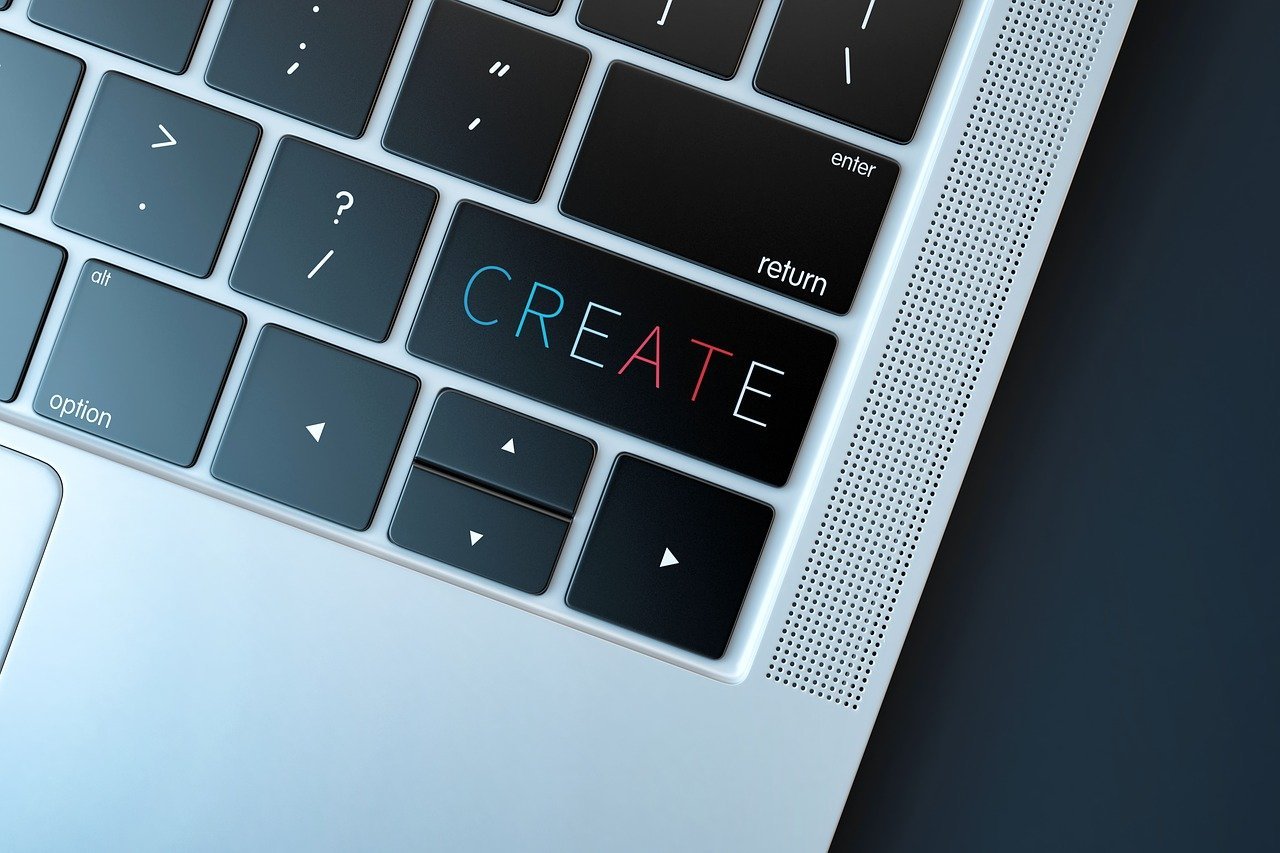
How AI Can Augment Visual Arts Teaching
The arrival of generative AI has opened up a world of possibilities in education, and its potential impact on the teaching of visual arts is particularly profound. While some might fear that AI will replace the art teacher role, the reality is that AI can be a powerful tool to augment teaching, enhance creativity, and create more engaging and personalized learning experiences for students. In this post, we will explore how AI can transform visual arts education and empower teachers and students to embrace new possibilities.
AI as a Creative Partner: Expanding Artistic Horizons
One of the most significant ways AI can augment visual arts education is by serving as a creative partner for both teachers and students. AI-powered image generation tools, such as Adobe Firefly, Canva, and DALL-E 3, can generate original artwork based on text descriptions, enabling users to visualize their ideas and explore different artistic styles.
For example:
● A student struggling to conceptualize a character for a comic book could use an AI image generator to create variations based on their descriptions, sparking their imagination and helping them refine their vision.
● A teacher could use an AI image generator to create a series of images based on a specific theme or art movement, providing students with visual examples to analyze and discuss.
By providing students with a tool to quickly visualize their ideas, AI can help them overcome creative blocks and experiment with different artistic approaches. It can also encourage students to think outside the box and explore new styles and techniques they might not have considered before.
AI for Personalized Learning: Tailoring Instruction to Individual Needs
Just as AI can personalize learning in ESL instruction by tailoring content and difficulty to individual students, AI can personalize visual arts instruction in a similar way. AI algorithms can analyze student work, identify areas for improvement, and provide targeted feedback and personalized learning recommendations.
For example, an AI-powered art program could analyze a student's drawing and provide feedback on their use of line, shape, and composition. The program could also recommend specific tutorials or exercises to help students improve their skills in those areas. This personalized feedback and guidance can help students progress at their own pace and develop their artistic abilities more effectively.
AI for Skill Development: Mastering Foundational Techniques
AI can also play a crucial role in helping students develop foundational art skills. AI-powered tutorials and interactive exercises can provide step-by-step guidance on techniques such as drawing, painting, and sculpting, allowing students to learn at their own pace and receive immediate feedback on their progress. These tools can also be used to introduce students to different art styles and movements, providing them with a comprehensive understanding of art history and theory.
AI for Accessibility: Making Art Education Inclusive
AI has the potential to make visual arts education more inclusive for students with disabilities. For example, AI-powered tools can help students with visual impairments create and experience art in new ways. Text-to-image generators can create visual representations of verbal descriptions, allowing students with visual impairments to "see" the artwork they create or experience artwork described to them. AI can also be used to develop adaptive art tools tailored to the specific needs of students with different disabilities, enabling them to participate more fully in art education.
AI for Collaboration: Fostering Creativity and Communication
AI tools can also be used to foster collaboration and communication in the art classroom. Students can work together on AI-powered art projects, using AI tools to brainstorm ideas, create visual elements, and refine their work as a team. These collaborative projects can help students develop their communication skills, learn from each other, and appreciate the value of teamwork in the creative process.
Ethical Considerations and the Role of the Teacher
While the potential benefits of AI in visual arts education are vast, it's essential to approach these technologies thoughtfully and address potential ethical concerns. For example, it's crucial to ensure that AI tools are used to enhance creativity, not replace it. Teachers must guide students in using AI as a tool to explore and expand their artistic horizons, not as a shortcut to producing artwork. It's also important to discuss issues of bias and ownership with students, as AI-generated artwork can raise questions about originality and authorship.
Moreover, it is crucial to emphasize that AI should be used to augment, not replace, the role of the art teacher. The art teacher remains essential in guiding students' creative development, fostering their critical thinking skills, and providing them with the support and mentorship they need to flourish as artists. The teacher's role in providing context, critique, and encouragement is irreplaceable, and AI should be seen as a tool to enhance these interactions, not substitute them.
Preparing Teachers and Students for an AI-Powered Future
To effectively integrate AI into visual arts education, both teachers and students need to develop AI literacy. Teachers need to be familiar with the different AI tools available and understand how to use them effectively and responsibly in their classrooms. Professional development opportunities focused on AI in art education can help teachers gain the knowledge and skills they need to embrace this new technology.
Students also need to develop an understanding of AI, its capabilities, limitations, and ethical implications. They should be encouraged to think critically about AI-generated artwork, to question the role of technology in the creative process, and to use AI as a tool to enhance their own artistic expression.
Embracing AI as a Transformative Force in Art Education
AI is poised to transform the way visual arts is taught and learned in schools. AI can empower both teachers and students to embrace new possibilities, expand their creative horizons, and develop their artistic abilities in exciting new ways by serving as a creative partner, personalizing learning, supporting skill development, and fostering collaboration. As we navigate this new era in art education, let's approach AI with a spirit of curiosity, creativity, and a commitment to using these powerful tools to nurture the next generation of artists.


